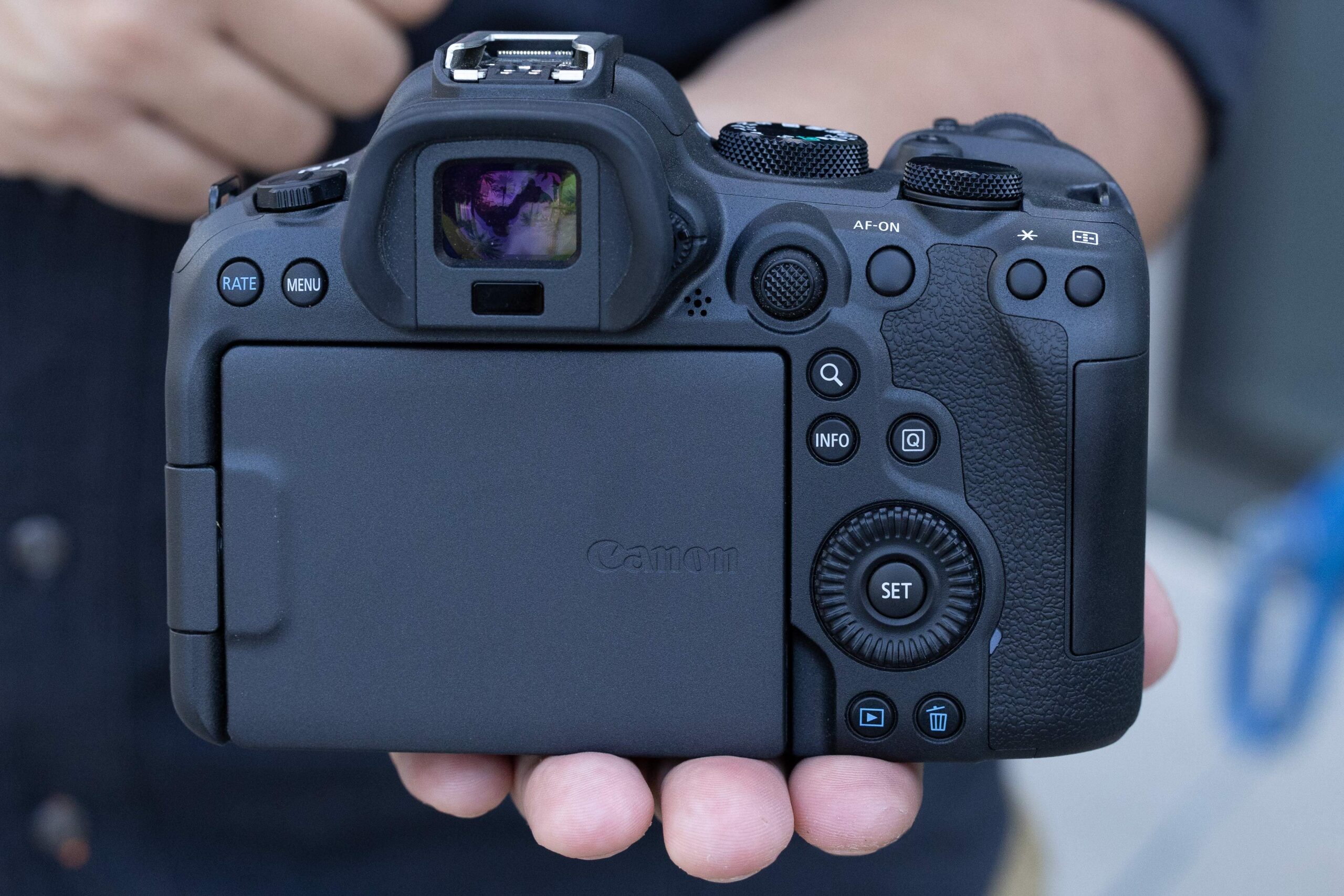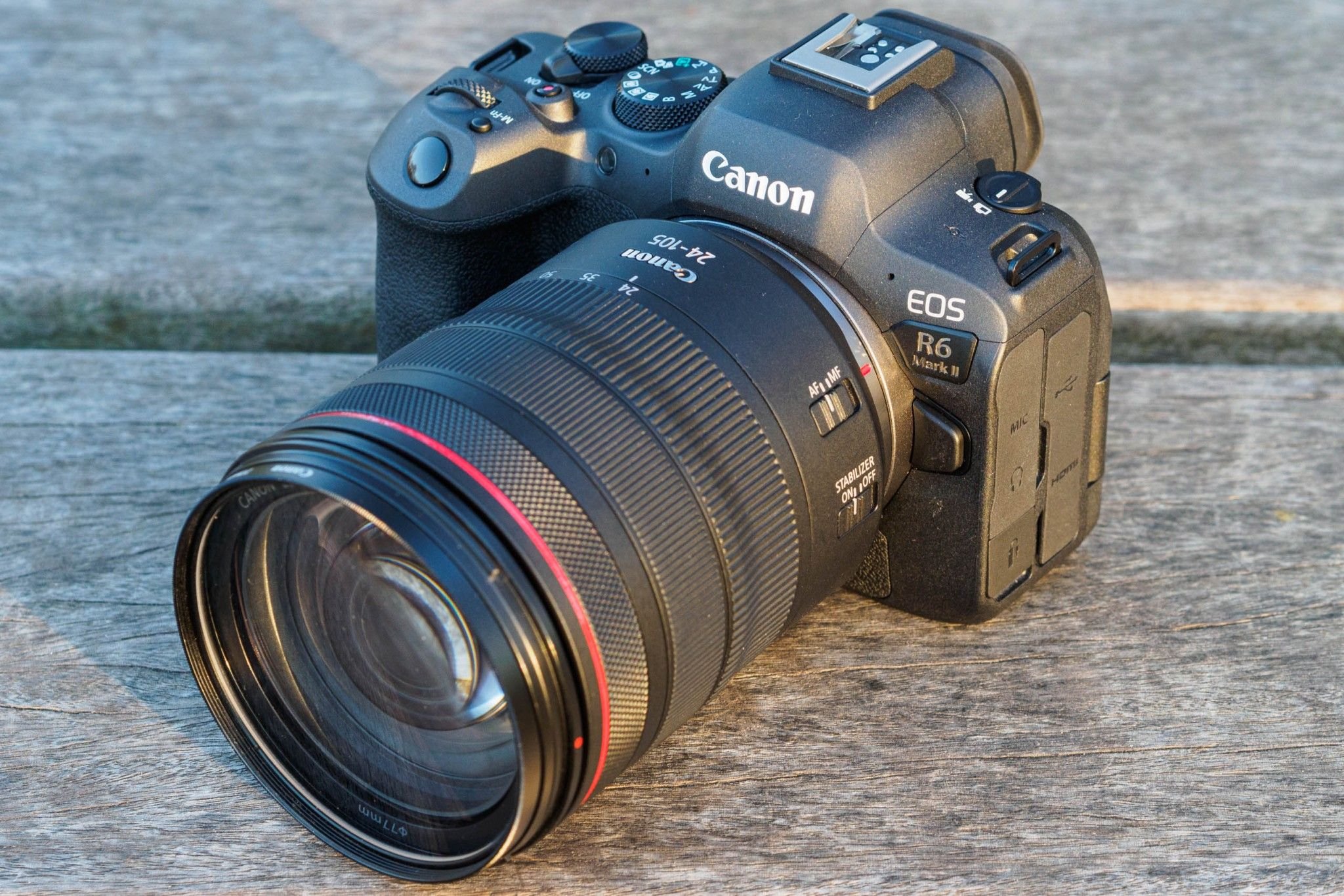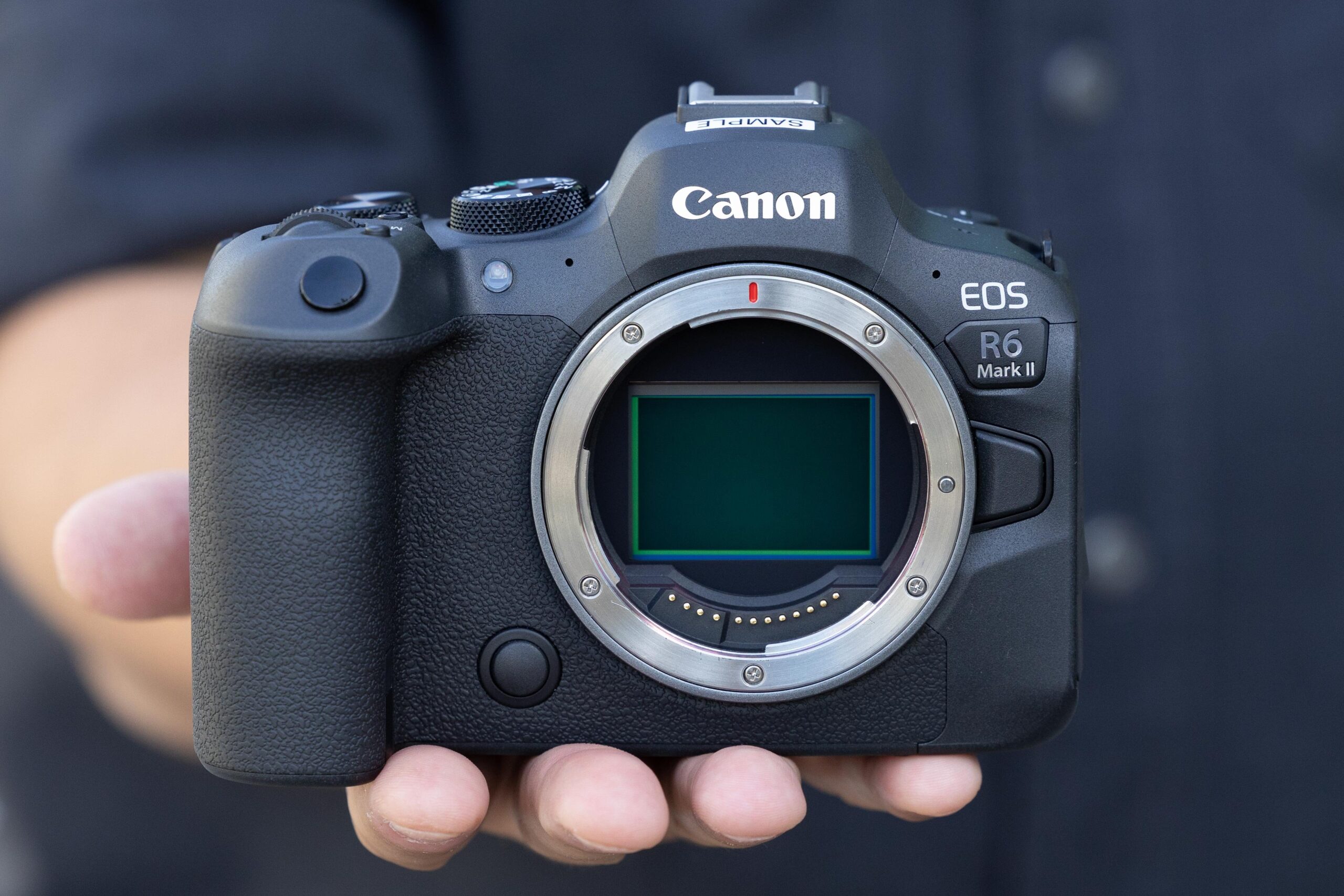Canon EOS R6 Mark II Review: The Sweet Spot Just Got Sweeter

The Canon EOS R6 was a hit, a near-perfect blend of price, performance, and usability that resonated with a broad spectrum of photographers. Now, Canon is back with the EOS R6 Mark II, aiming to refine that formula and solidify its position in the competitive full-frame mirrorless market. But in a world teeming with impressive cameras, does this update truly justify the “Mark II” designation? Let’s dive in.
The R6 Mark II boasts a new 24.2-megapixel sensor, a bump from the original’s 20.1MP. While not a radical leap, it delivers noticeably improved detail and dynamic range, especially in challenging lighting conditions. Paired with the DIGIC X processor, this sensor also enables faster burst shooting – up to 12fps with the mechanical shutter and a blistering 40fps with the electronic shutter. Buffer performance is impressive, allowing for extended bursts without significant slowdown.
Autofocus remains a Canon strength. The Dual Pixel CMOS AF system is incredibly fast, accurate, and tenacious. Subject tracking, particularly for animals and vehicles, is noticeably improved compared to the R6. It locks onto subjects with confidence and maintains focus even in complex scenes. Low-light AF performance is also excellent, allowing you to shoot in dimly lit environments without struggling to acquire focus.

Canon has subtly refined the design of the R6 Mark II. The body feels solid and well-built, weather-sealed to withstand demanding conditions. The controls are familiar and intuitive, making it easy to navigate menus and adjust settings. However, the grip, while comfortable, could be slightly deeper for improved ergonomics, especially when using larger lenses. The electronic viewfinder (EVF) is bright and sharp, providing a clear and accurate preview of your images. The fully articulating touchscreen LCD is a welcome addition, offering flexibility for shooting from various angles.

Video capabilities receive a significant upgrade. The R6 Mark II can now record oversampled 4K 60p video internally, providing crisp, detailed footage. It also supports 6K ProRes RAW recording externally, offering maximum flexibility for post-production. Canon Log 3 is included for easier color grading. However, the camera is still limited to 30-minute record times. Despite the improvements, some may find its video features slightly less competitive when compared to offerings from Sony or Panasonic at similar price points.
The value proposition of the R6 Mark II is compelling. It offers a blend of features and performance that make it an excellent choice for a wide range of photographers and videographers. While it may not be a revolutionary upgrade over the original R6, the improvements in sensor resolution, autofocus, and video capabilities are significant enough to justify the update, especially for those who demand the best possible image quality and performance.
Ultimately, the Canon EOS R6 Mark II is best suited for photographers and videographers who need a versatile, high-performance camera that can handle a variety of shooting situations. It’s an excellent choice for wedding photographers, portrait shooters, wildlife enthusiasts, and content creators who demand exceptional image quality and reliable performance.

Where to Buy:
Canon EOS R6 Mark II Quick Summary
Key Scores:
- Value: 81%
- Design: 95%
- Performance: 95%
- Quality: 91%
- Popularity: 90%
Top Pros
- ✅ The improved 24.2MP sensor delivers noticeably better detail and dynamic range.
- ✅ The Dual Pixel CMOS AF system provides incredibly fast and accurate subject tracking.
- ✅ Burst shooting at 40fps with the electronic shutter captures fleeting moments with ease.
- …
Key Cons
- ❌ Video recording is still limited to a maximum of 30-minute segments.
- ❌ The hand grip could be improved to feel more secure when using larger lenses.
- ❌ Battery life is average and could be better for prolonged shooting sessions.
- …























